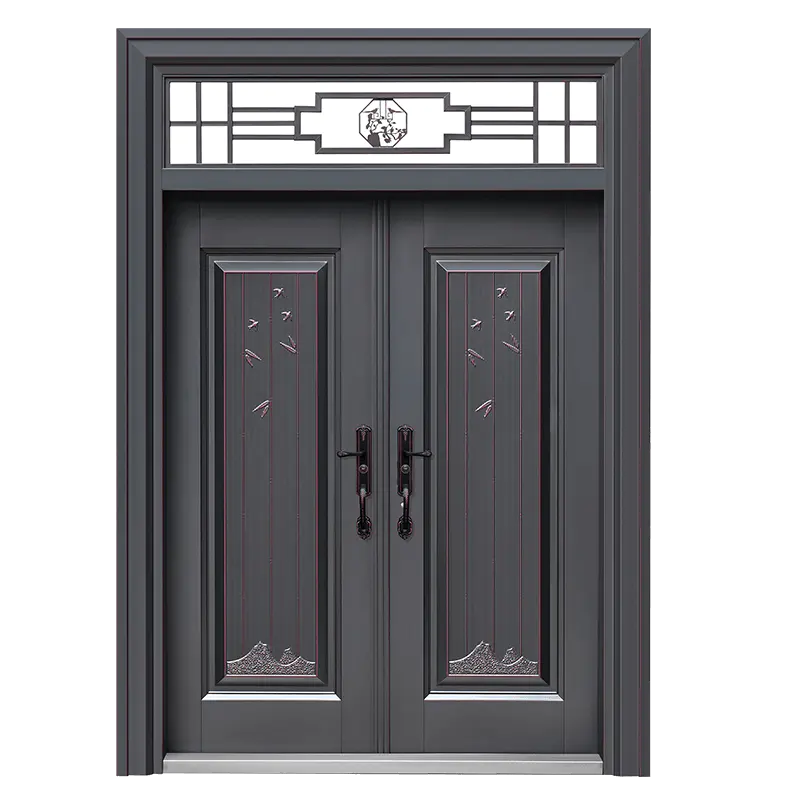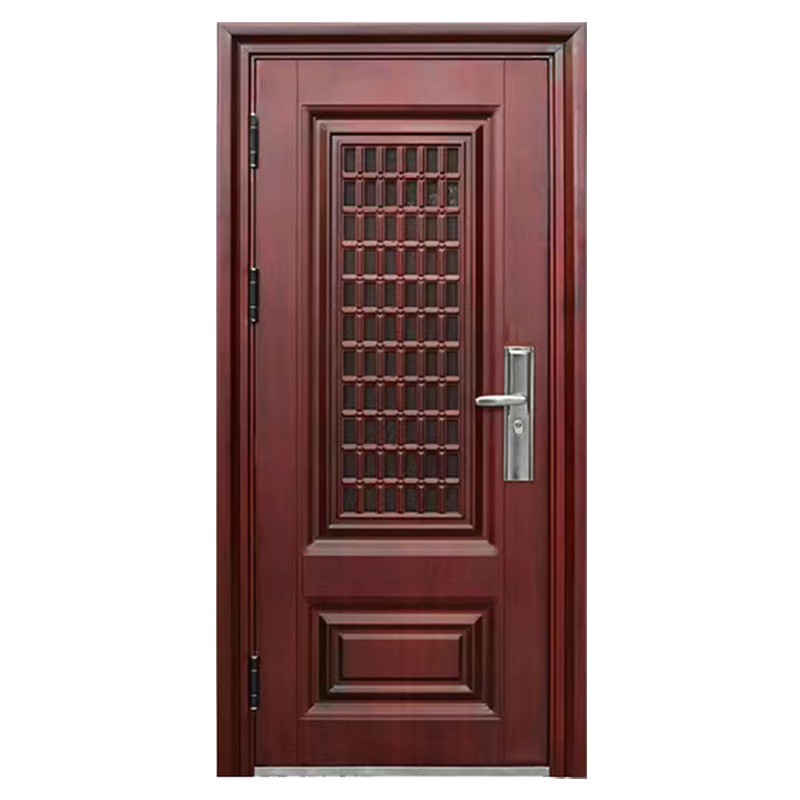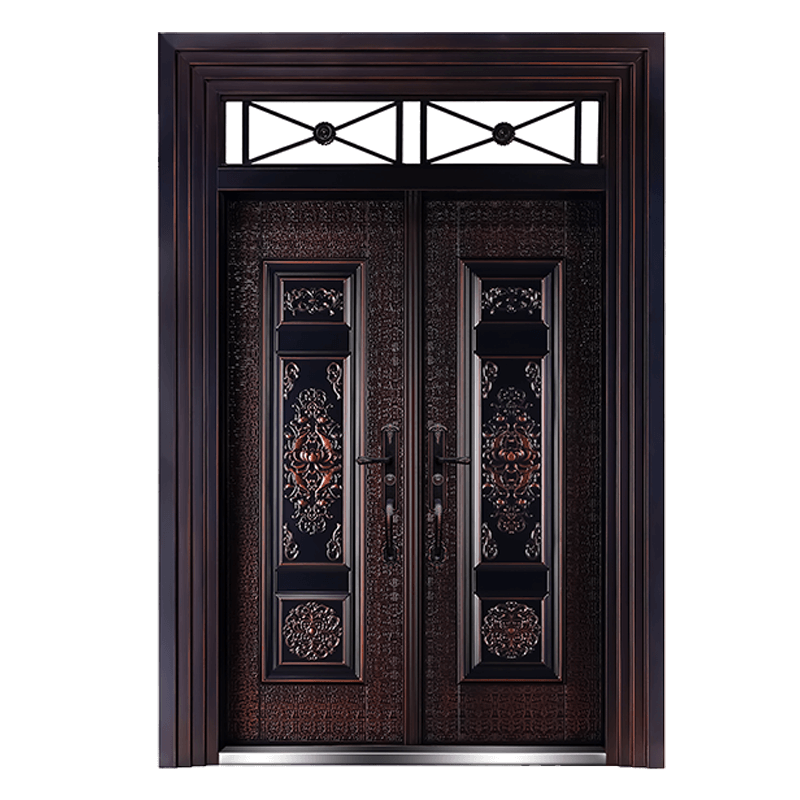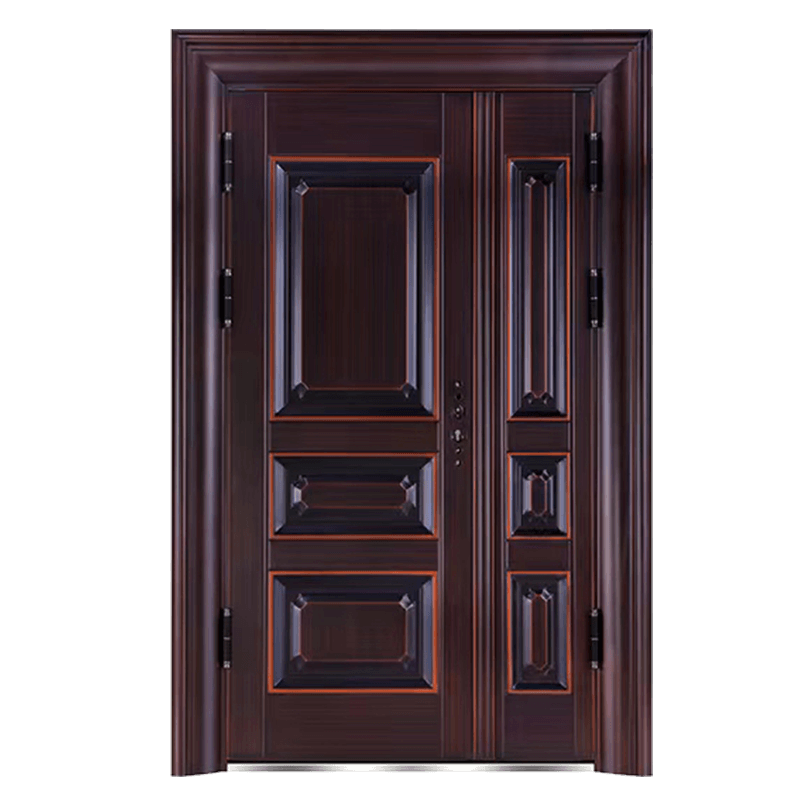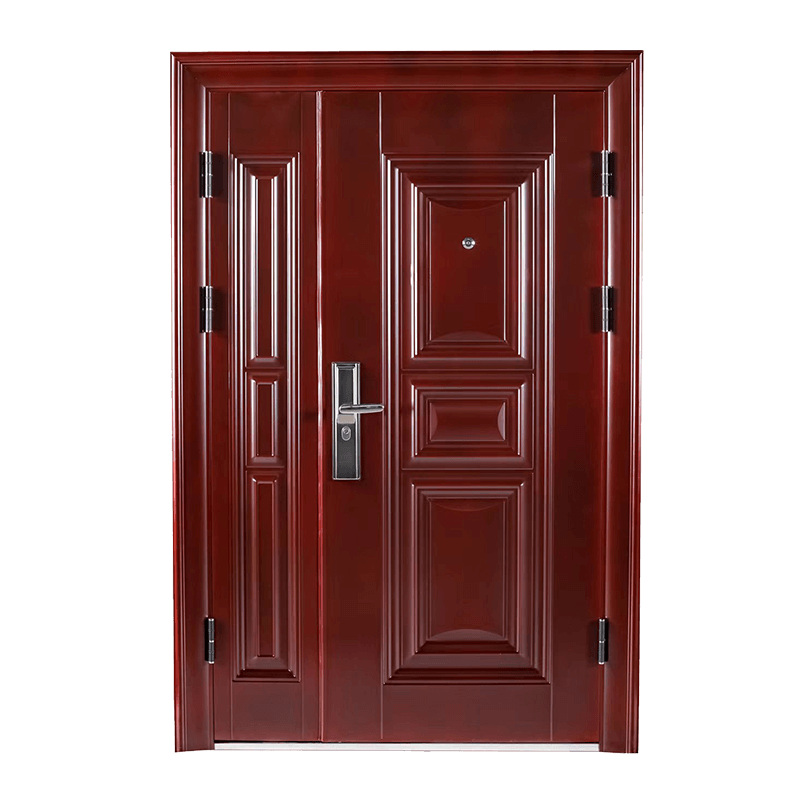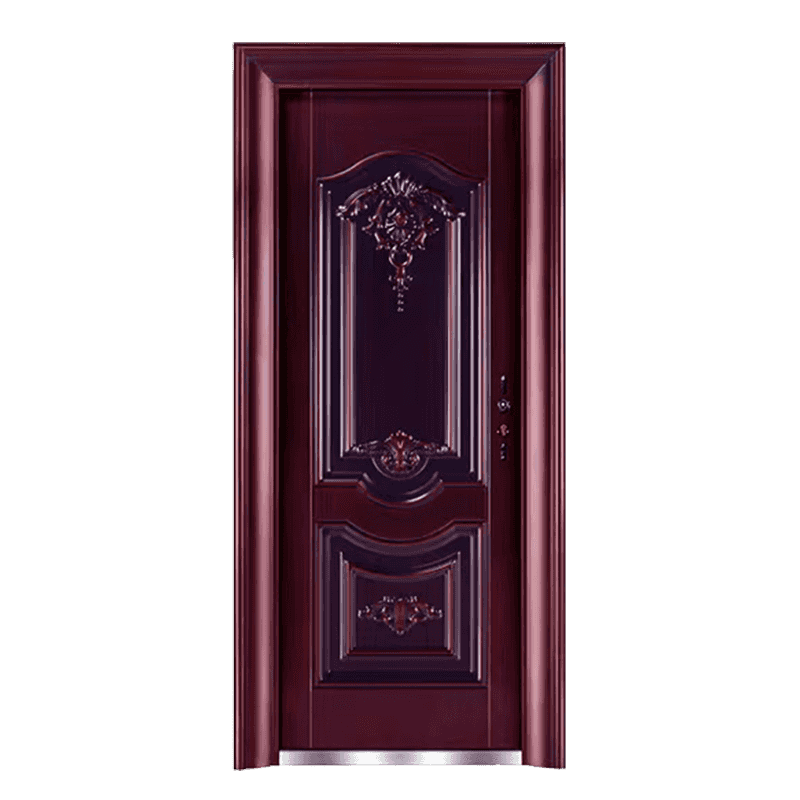Surface Finishes Impact Spliced Door Wear Resistance and Durability
Oct 17, 2025
Importance of Surface Treatment for Spliced Doors
The surface treatment of a spliced door plays a vital role in determining its durability and wear resistance. Proper finishing not only enhances aesthetic appeal but also protects the underlying panels from scratches, moisture, UV exposure, and other forms of wear. Without effective surface treatment, even a structurally strong door can degrade rapidly under everyday use, causing costly repairs or replacement. Understanding the effects of different finishes is essential for manufacturers and designers to ensure long-term performance.
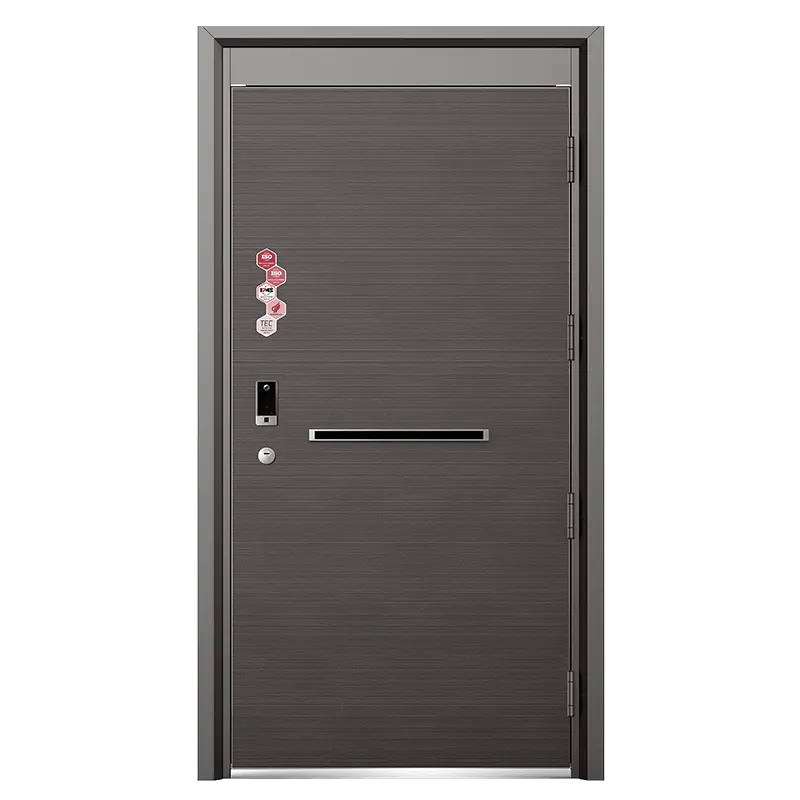
Common Surface Treatments
- Paint Coatings: Paint provides a protective layer that shields the door from moisture, minor impacts, and UV radiation. High-quality paints with multiple coats offer better resistance to scratches and fading.
- Laminates and Overlays: Decorative laminates or thin films applied to the door surface enhance wear resistance by creating a tough, abrasion-resistant layer. Laminates also offer flexibility in design and color options.
- Varnishes and Lacquers: Transparent or tinted coatings like varnishes or lacquers form hard surfaces that resist scratches while maintaining the natural appearance of wood or engineered panels.
- UV-Cured Coatings: These coatings harden rapidly under ultraviolet light, providing a durable, smooth surface that can withstand frequent handling and cleaning.
- Powder Coatings (for metal panels): In the case of metal spliced doors, powder coatings provide a tough, uniform finish that resists chipping, scratching, and corrosion.
Influence of Surface Treatment on Wear Resistance
- Scratch Resistance: Laminates and hard varnishes provide a dense, protective layer that prevents damage from everyday contact, such as keys, handles, or cleaning tools.
- Moisture and Chemical Protection: Proper coatings prevent absorption of moisture or spills, reducing swelling, warping, or degradation of panel adhesives. Paint and sealant layers also resist damage from mild chemicals and cleaning agents.
- UV and Fading Resistance: Coatings with UV inhibitors protect doors exposed to sunlight, preventing discoloration or surface cracking over time.
- Abrasion Resistance: Laminates, UV-cured coatings, and high-quality paints increase the door’s resistance to friction caused by repeated opening, closing, or contact with objects.
Material Compatibility and Surface Treatment
- Wood Panels: Porous wood benefits from multiple paint or varnish layers to seal the surface and provide a durable finish. Laminates add both protection and design flexibility.
- MDF and Engineered Wood: These materials require sealants to prevent moisture penetration. Laminates and UV coatings enhance hardness and surface longevity.
- Metal Panels: Powder coating, anodizing, or industrial-grade paint ensures resistance against scratches, corrosion, and impact.
- Composite Materials: Adhesive-backed films or durable laminates improve abrasion resistance and surface uniformity, especially for high-traffic areas.
Application and Quality Considerations
- Surface Preparation: Proper sanding, cleaning, and priming ensure good adhesion of paints, varnishes, or laminates, preventing peeling or bubbling.
- Uniform Coating Thickness: Even application prevents weak spots where wear or scratches could occur more easily.
- Curing and Drying: Adequate curing of paints or UV coatings ensures hardness and durability.
- Inspection: Visual and tactile inspections detect defects, scratches, or uneven coatings before the door reaches end-users.
- Maintenance and Longevity
- Regular Cleaning: Gentle cleaning with non-abrasive materials prevents premature wear and maintains coating integrity.
- Re-Coating: Periodic maintenance or re-coating can restore wear resistance and prolong door life.
- Avoid Harsh Chemicals: Using protective finishes compatible with cleaning agents helps preserve both appearance and durability.
Optimizing Surface Treatment for Longevity
The surface treatment of a spliced door significantly affects its wear resistance, durability, and overall performance. By selecting appropriate finishes such as paint, laminates, varnishes, or UV-cured coatings and applying them with precision, manufacturers can enhance both functional and aesthetic qualities. A Spliced Door with properly treated surfaces resists scratches, moisture, UV damage, and abrasion, ensuring long-term reliability and a high-quality appearance. Attention to material compatibility, coating application, and ongoing maintenance improves the lifespan and performance of the door in various usage environments

 English
English 中文简体
中文简体 Français
Français Español
Español عربى
عربى